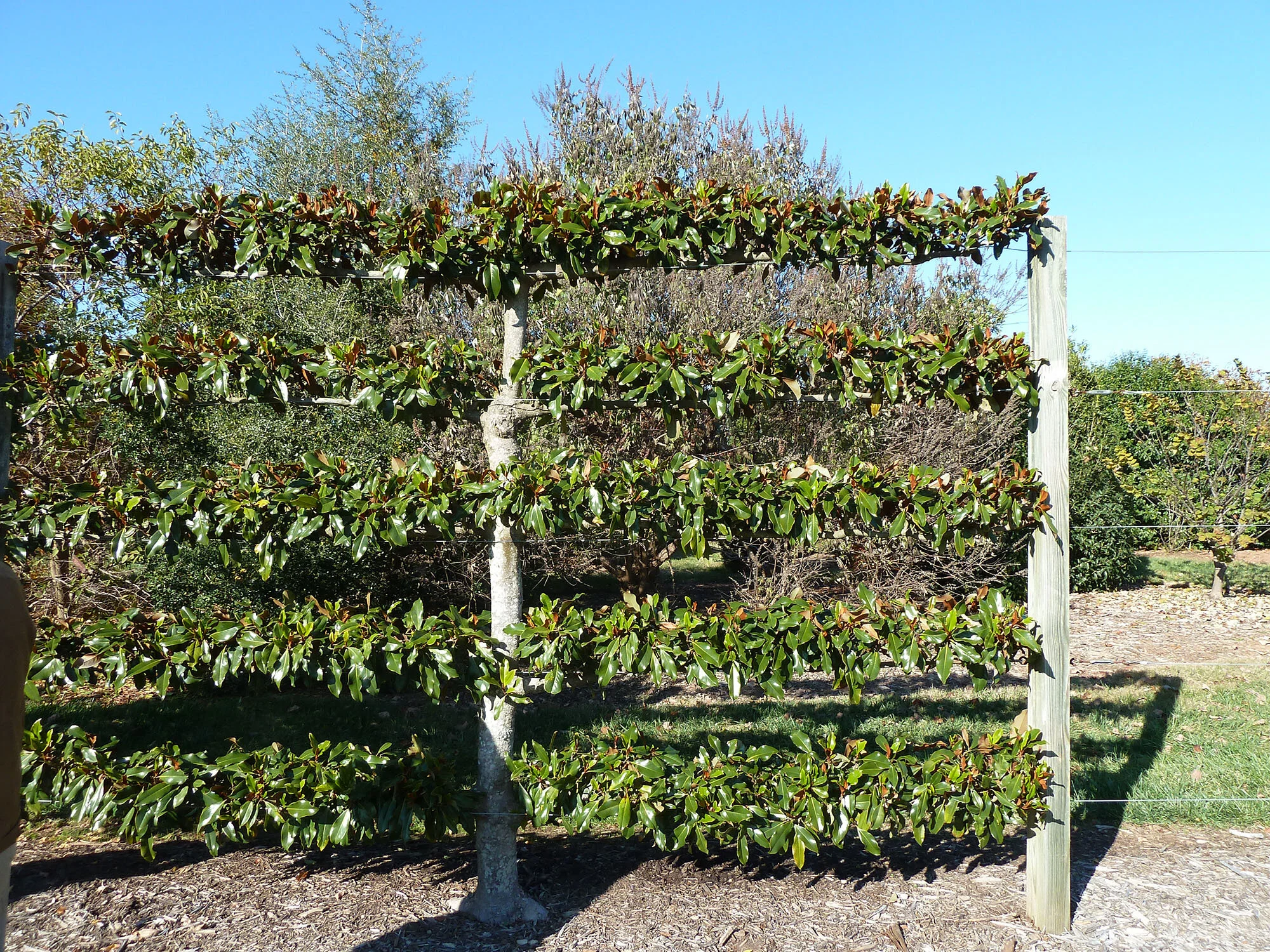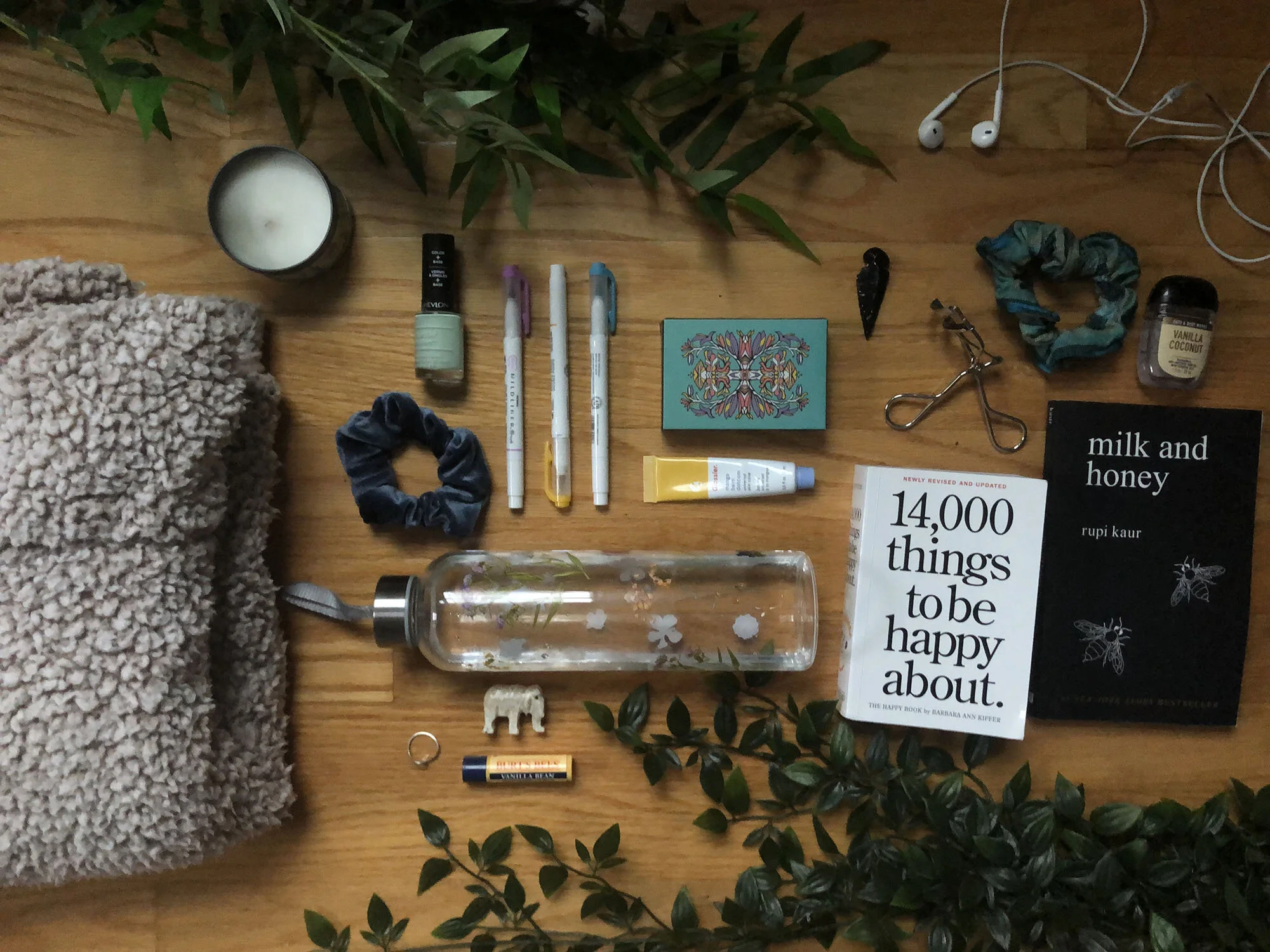Evergreen Magnolias (Part 1): The Southern Magnolia
In the Garden with Andrew
Andrew Bunting. Photo courtesy of the Pennsylvania Horticultural Society.
Swarthmore is perfectly positioned to grow many of the deciduous magnolias that enjoy hot summers and cold winters. But our winters are also generally warm enough to grow some evergreen magnolias as well. This is the first of several articles on the incredible diversity of magnolias we can grow in our region.
From Washington, D.C., down into northern Florida and west into Texas, there is perhaps no more iconic Southern tree than the aptly named Southern Magnolia, Magnolia grandiflora.
When I moved here in the mid 1980s, the Southern magnolia was rare. There were some notable specimens, including the most common cultivar, Magnolia grandiflora ‘Edith Bogue’, but not many. In those days, we were on the edge of the tree’s hardiness zone. Now, however, with a changing climate and more frequent mild winters, the Southern magnolia has become a legitimate evergreen ornamental tree for this area.
The Southern magnolia can reach nearly one hundred feet in height. In this area, however, a mature specimen is usually 50-60 feet tall. This upright tree is grown for its broad evergreen leaves with a shiny surface. Several cultivars have a very attractive coppery fuzz (indumentum) on the underside of the leaf. Selections such as ‘Bracken’s Brown Beauty’ and ‘D. D. Blanchard’ have been specifically selected for their broad shiny leaves and rich brown indumentum.
Magnolia grandiflora ‘D. D. Blanchard’ has large, broad, shiny leaves with rich coppery-brown indumentum (fuzz) on the underside. Photo: Andrew Bunting
Magnolia grandiflora can be used in many ways in the landscape. In the winter, it is particularly stunning. If space permits, a grove can be attractive. At the Pennsylvania Horticultural Society’s Meadowbrook Farm in Jenkintown (Montgomery County), two specimens more than 50 feet high flank the house, and another mature specimen is trained as an espalier on the back wall bordering a large courtyard. On a recent visit to the Natural Lands Trust Stoneleigh Garden in Villanova, I saw Magnolia grandiflora Teddy Bear — a selection that only reaches 16-20 feet tall and has a pyramidal habit — used as a hedge.
The Southern Magnolia thrives in full sun and is incredibly resilient to urban conditions. Globally, it is one of the most ubiquitous trees. I have seen Magnolia grandiflora grown throughout the warmer parts of the U.S., including California, where it is very popular. I have seen it clipped into large topiary specimens on the shores of Lake Como in Italy, grown as a specimen tree throughout central and southern China, cultivated in South Africa, and used a common street tree at an elevation near 9,000 feet in Bogota, Colombia.
At least 20 different cultivars are generally available in garden centers and nurseries. One of my favorites, ‘Kay Parris’, is a diminutive to medium-sized selection (like Teddy Bear), making it a good choice for smaller spaces or urban dwellings.
If I had to pick one selection, I would choose ‘D. D. Blanchard’, which has large, broad, shiny leaves with a rich coppery-brown indumentum. In the summer, Southern magnolias have very large, creamy white flowers that are borne sporadically throughout the summer, with a beautiful lemony fragrance. In the fall, the large fruit clusters, known as follicles, can turn a rich, vibrant rose-pink, which is a significant added ornamental component.
Other notable cultivars include Alta, which is relatively upright and narrow and good for hedges. Another upright cultivar, ‘Hasse’, grows in a tight spot the Lang Garden of Fragrance at Swarthmore College. ‘Victoria’ is a fairly hardy selection that spreads its branches broadly.
Magnolia grandiflora ‘Hasse’. Photo: Andrew Bunting
In the wild, Magnolia grandiflora is found in several southeastern U. S. states. Both in its native habitats and in the wild, it is an amazingly resilient plant, especially when it comes to heat and drought. As the global climate continues to change, this species will undoubtedly continue to be well adapted to this area.
Send your gardening questions to editor@swarthmorean.com. Put “Garden” in the subject line.
Andrew Bunting is vice president of public horticulture at the Pennsylvania Horticultural Society and vice president of the Swarthmore Horticultural Society.






